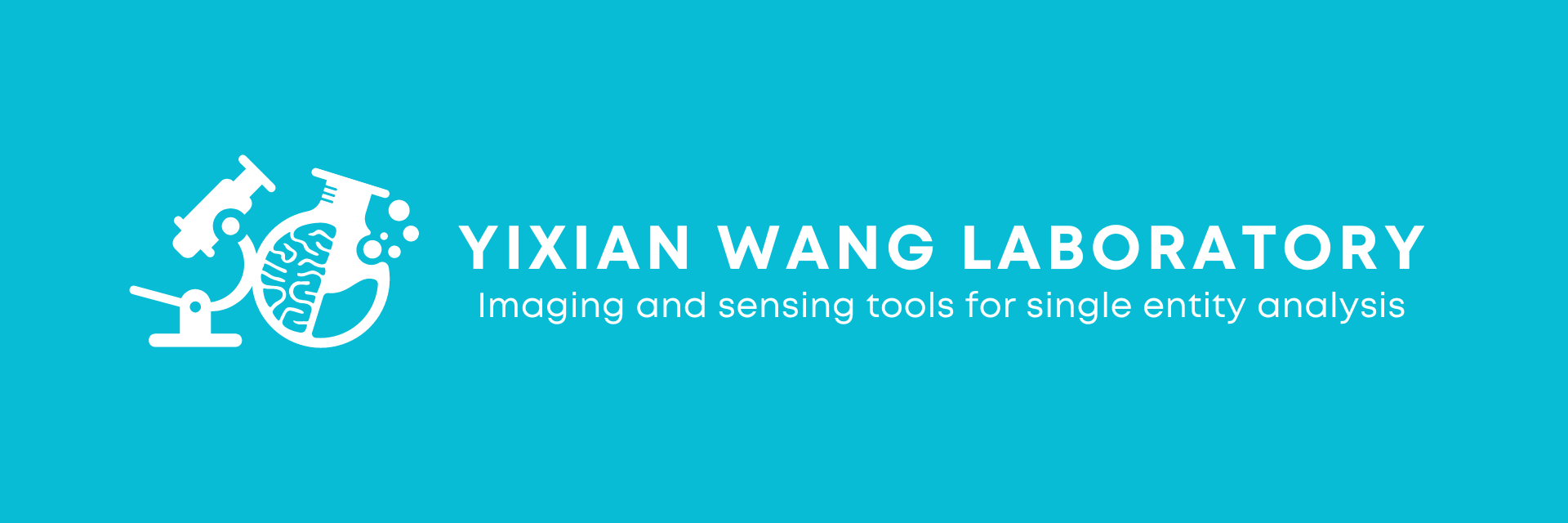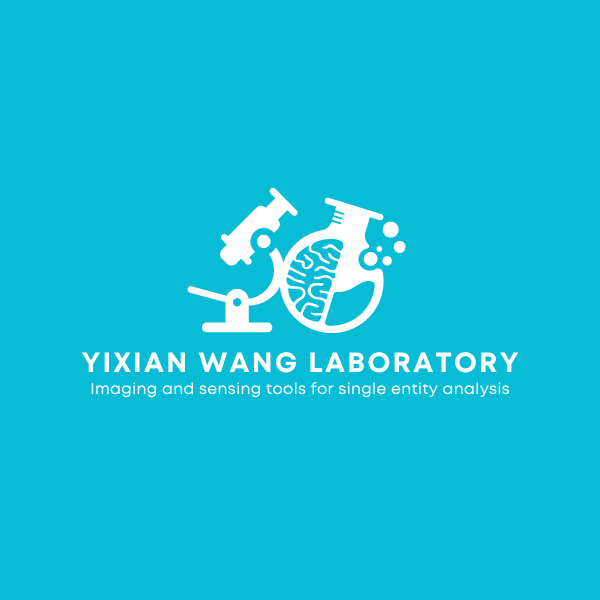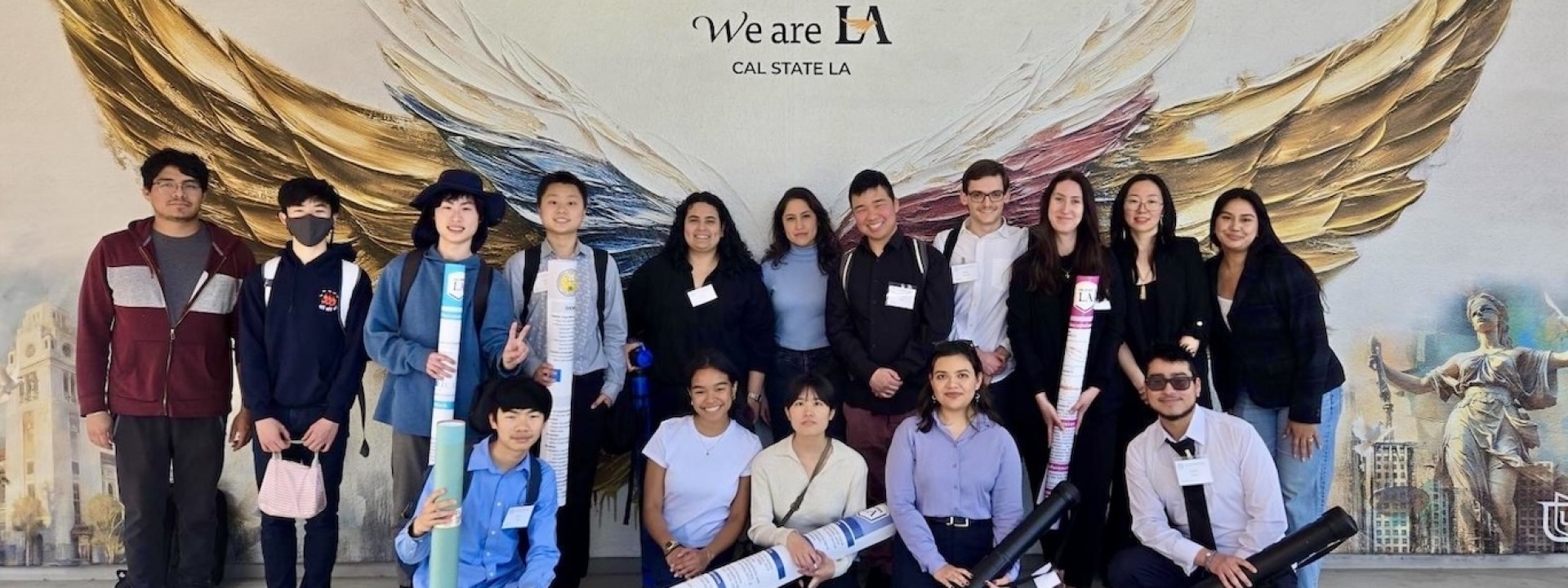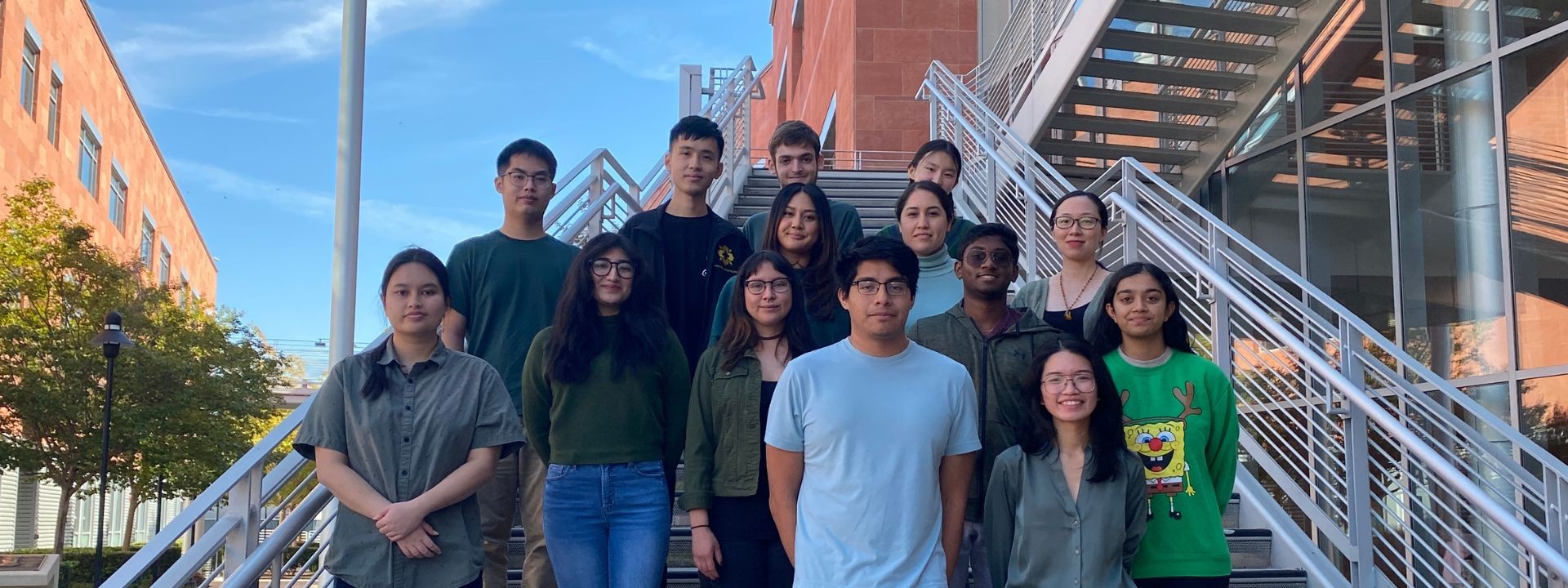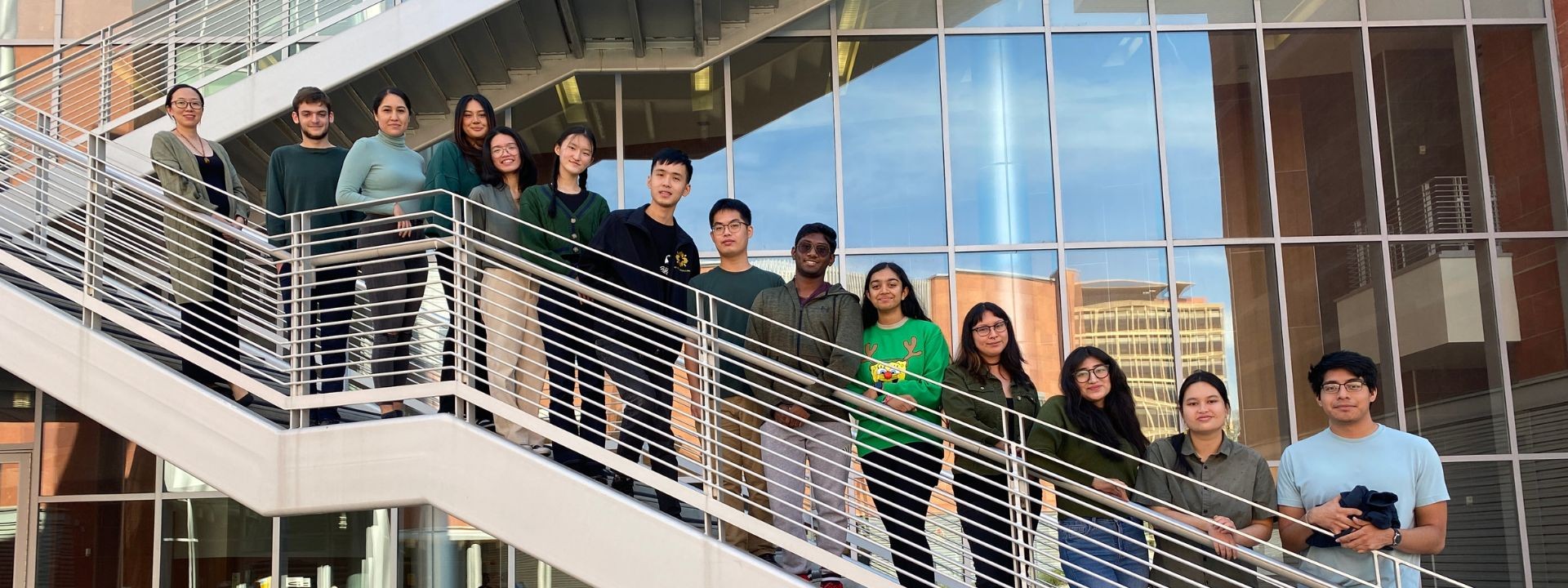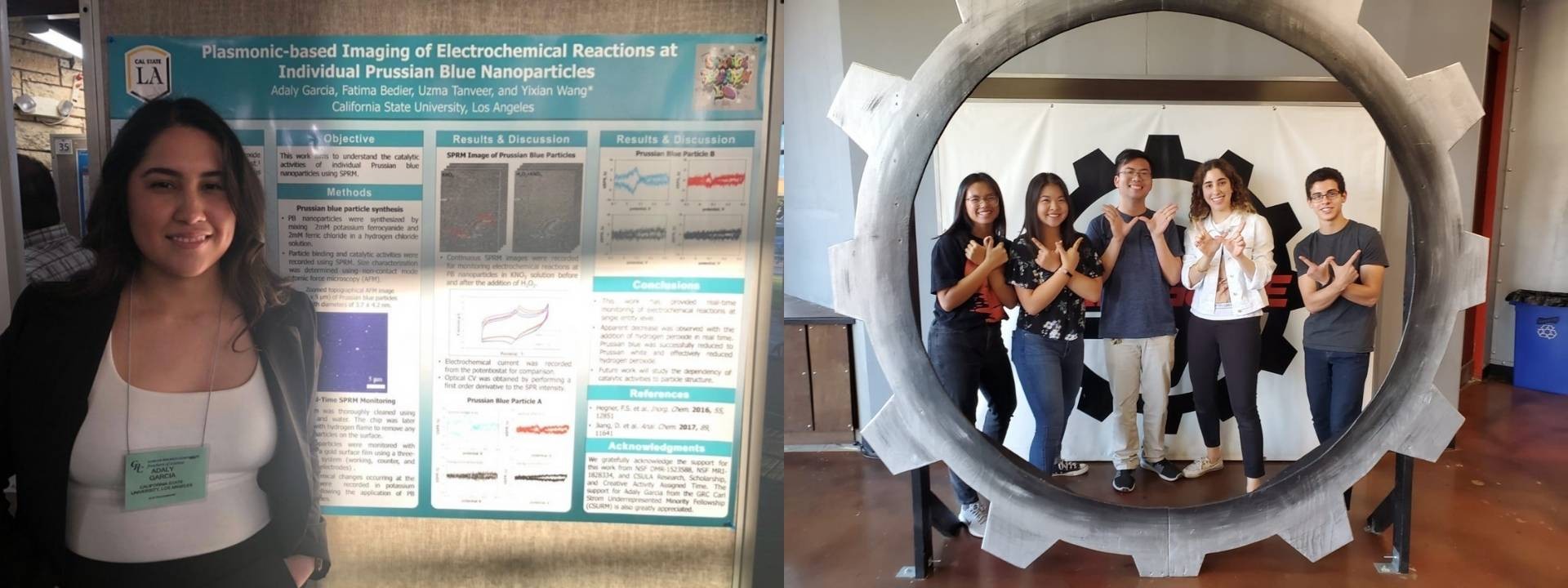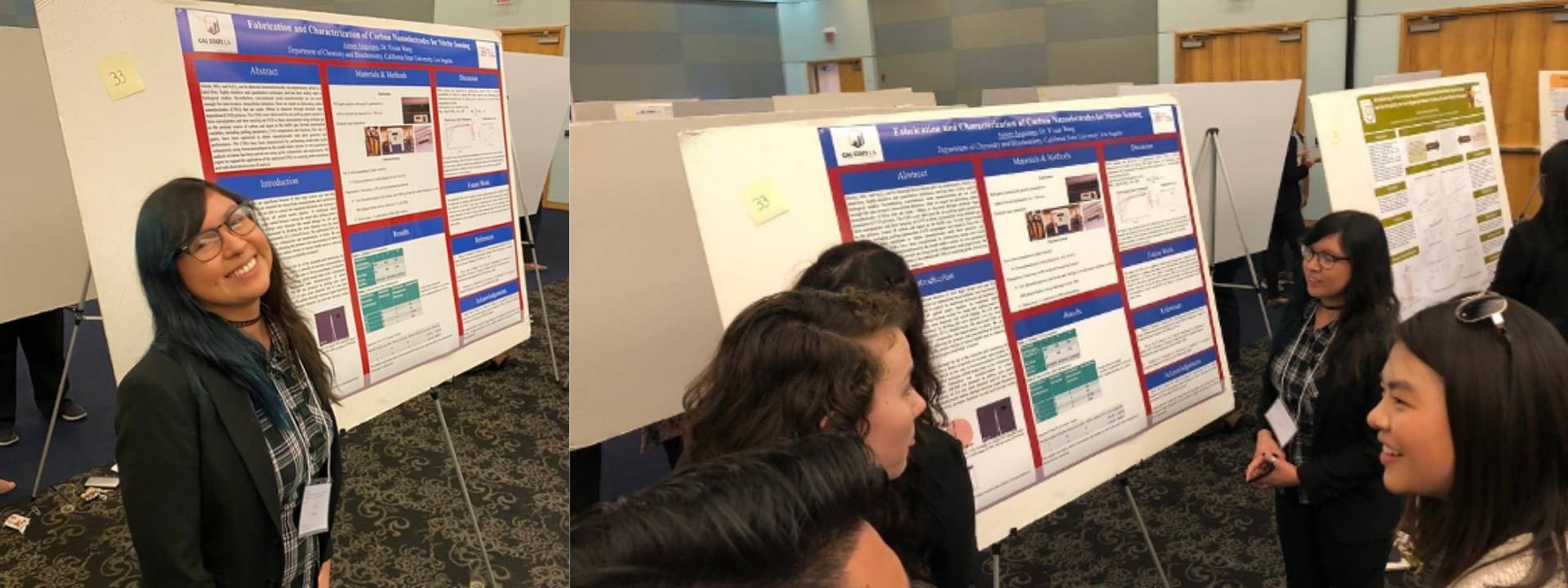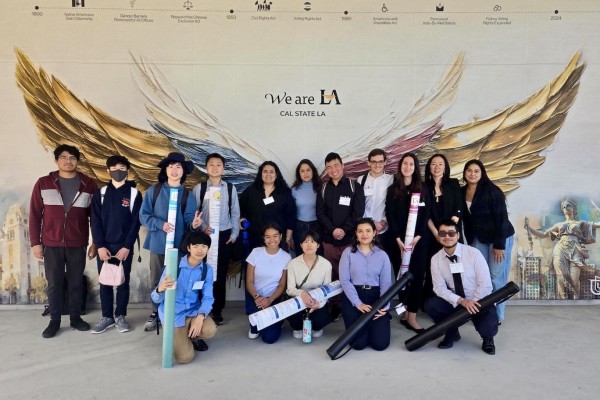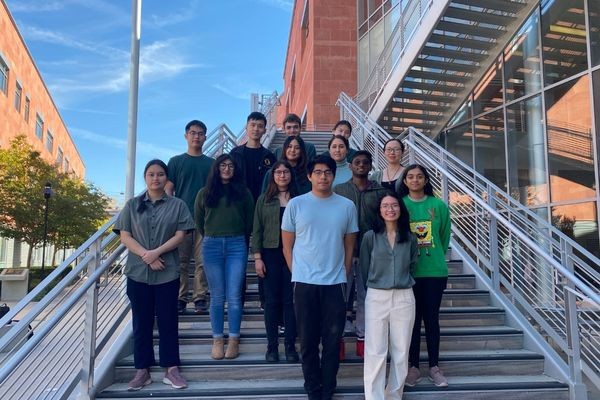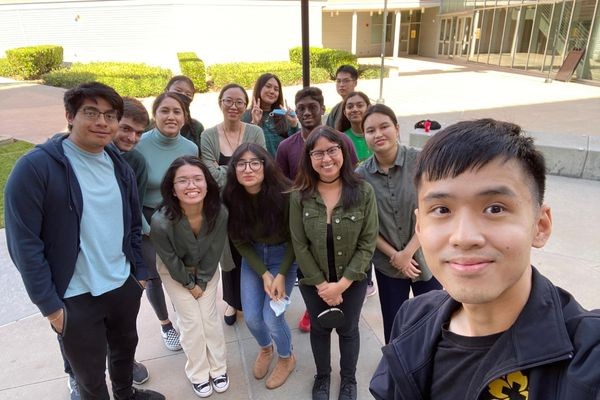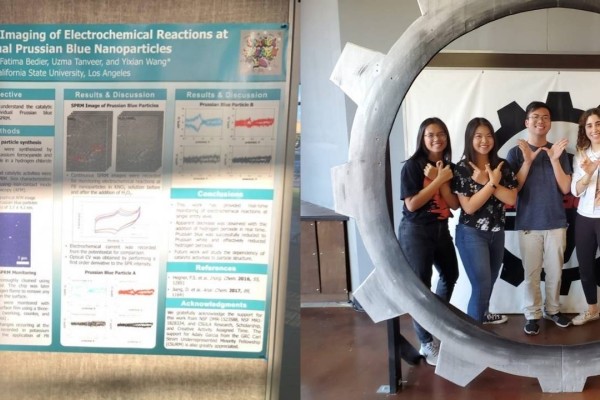Follow Us on Instagram

Keep up with the latest lab happenings at @wang_lab_csula_chemsitry
NEWS
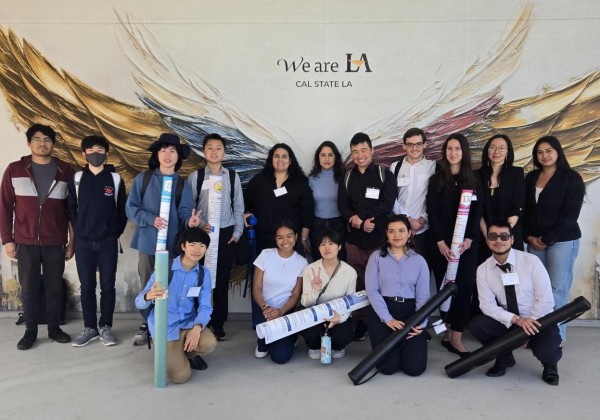
RSCA 2025 - Nine Presentations!
02/28/2025 - Our lab participated in the RSCA 2025 Symposium.
We had nine wonderful presenters:
Christian Martinez, Daniel Yang, Dominique Dang, Isabel Garcia, Jennifer Flores, Karolina Bielec, Madison Ngo, Samuel Groysman, and Mathew Xie.
Congratulations to Samuel Groysman for winning three recognitions:
1st Place Overall Oral Presentation, Outstanding Oral Presentation in Physical Sciences, and Outstanding Oral Presentation. He was selected as the Cal State LA Delegate to the CSU Statewide Research Competition! Go Samuel!
Recent Lab Graduations
This May, we had three people from the Wang Lab graduate!
Our very own Samuel Groysman with a B.S. in Biochemistry
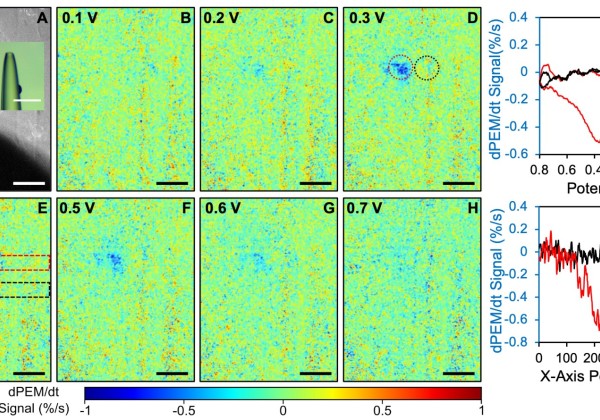
Paper Published - Congrats Samuel, Adaly, and Christian!
02/17/2025 - Our lab published a paper online! You can view it here: https://pubs.acs.org/doi/10.1021/acselectrochem.4c00227
Congratulations to Samuel, Adaly, and Christian for their progress!
OUR RESEARCH
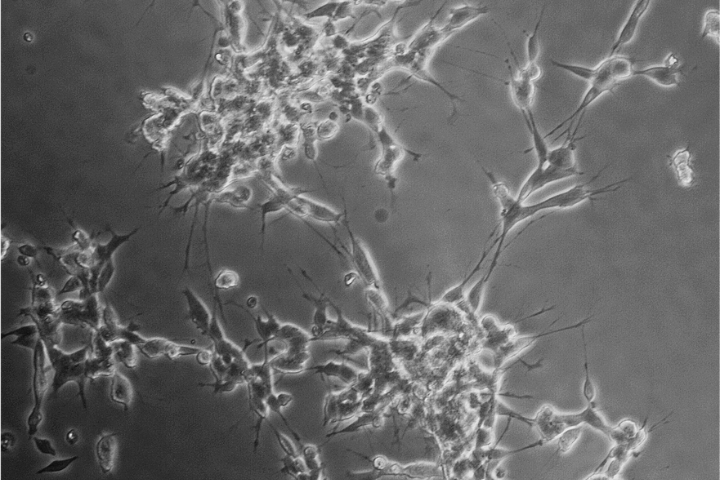
Single cell analysis in Parkinson's disease
Parkinson's disease (PD) is a neurodegenerative disorder characterized by the death of dopamine-producing neurons in the substantia nigra region of the midbrain. In our lab, we study the molecular mechanisms of alpha-synuclein and its aggregates associated with PD using imaging techniques such as scanning ion conductance microscopy and surface plasmon resonance microscopy.
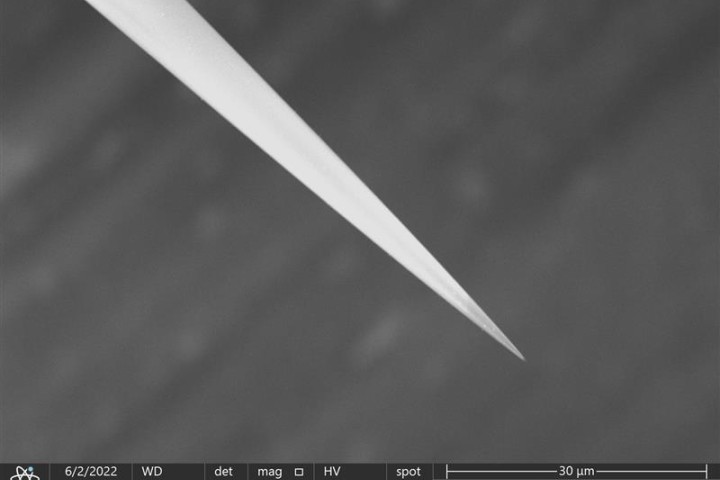
Electrochemistry at nanoscopic interfaces
We are interested in fundamental studies and sensing applications of electrochemistry at nanoscopic interfaces. One project focuses on carbon nanoelectrodes and their applications in intracellular detection of active species and chemical sensing. The second one focuses on understanding interfacial-ion-transfer (IIT) kinetics at nanopipette-supported interface between two immiscible electrolyte solutions (ITIES).
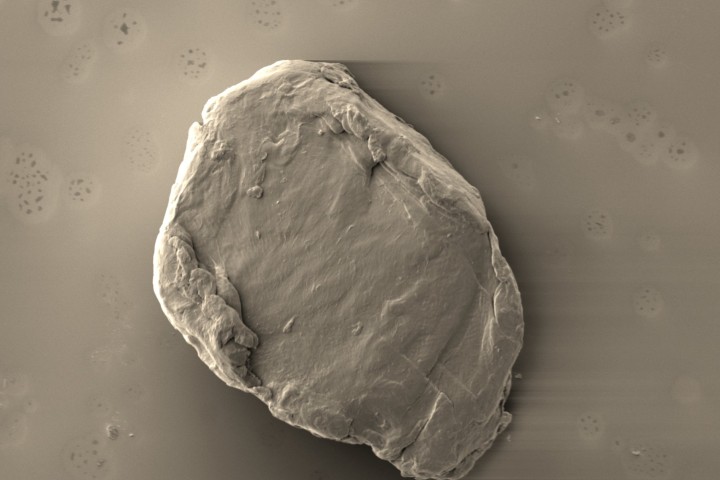
Environmental Applications
We are interested in applying analytical techniques in studying general environmental concerns such as particulate matter (PM) and microplastic pollution. Ongoing projects include (1) monitoring the effect of PM exposure on membranes of human lung cells and neuroblastoma cells using scanning ion conductance microscopy; (2) sampling and characterizing microplastics from LA coastal area; (3) monitoring the degradation of polyethylene terephthalate powder and its effect on adsorbing toxic organic compounds.
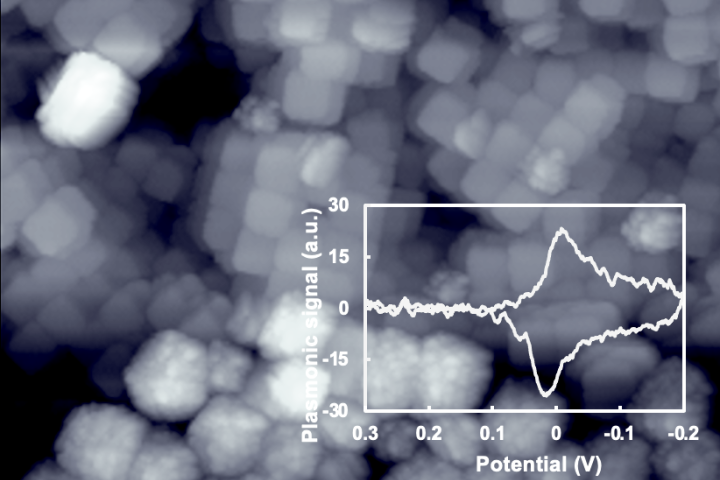
Single nanoparticle electrochemistry
Single-Entity Electrochemistry is essential for understanding the fundamental dynamics of real-world systems that are often heterogeneous. We use plasmonic electrochemical microscopy, an optical imaging based electrochemical technique, to study SEE at individual metallic and non-metallic nanoparticles.
